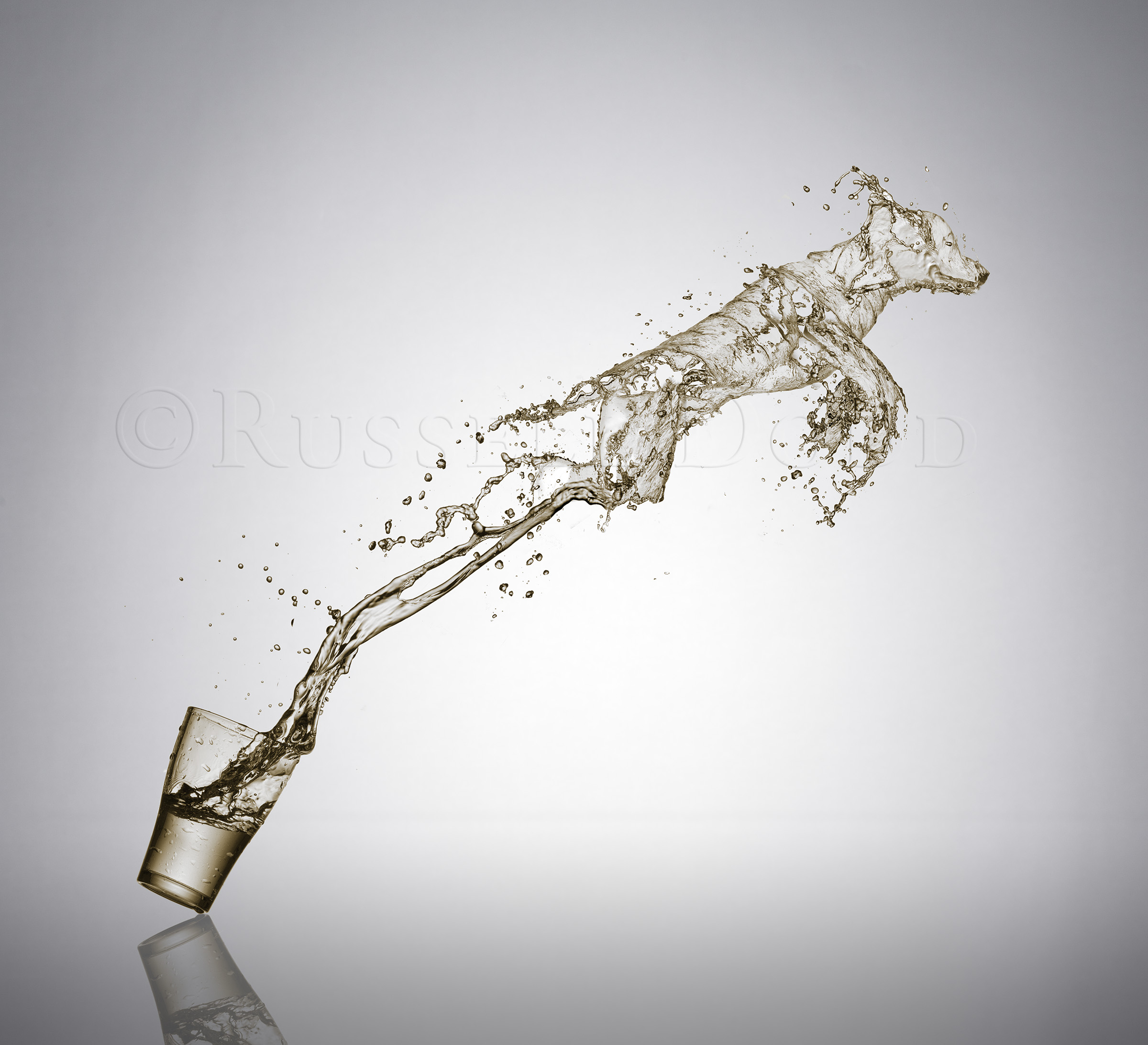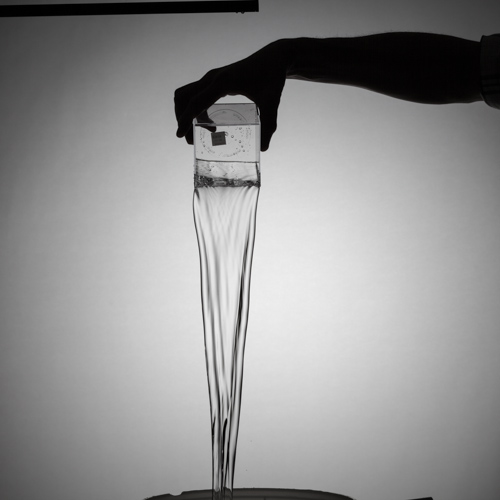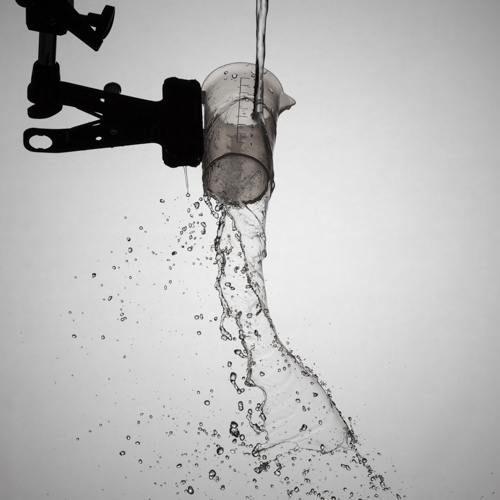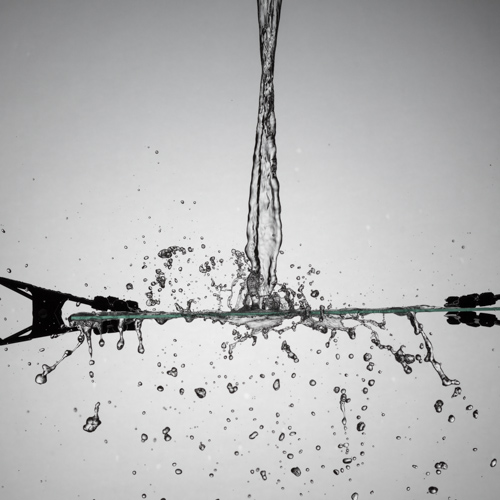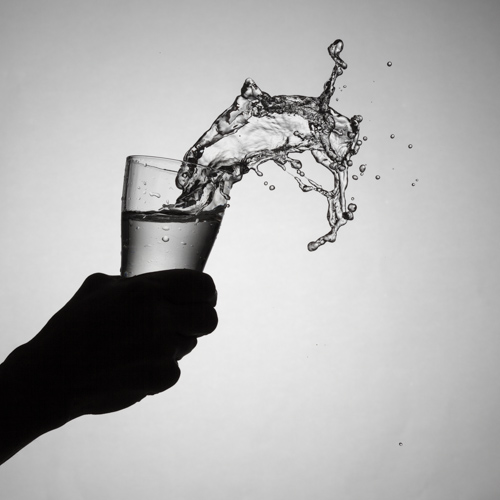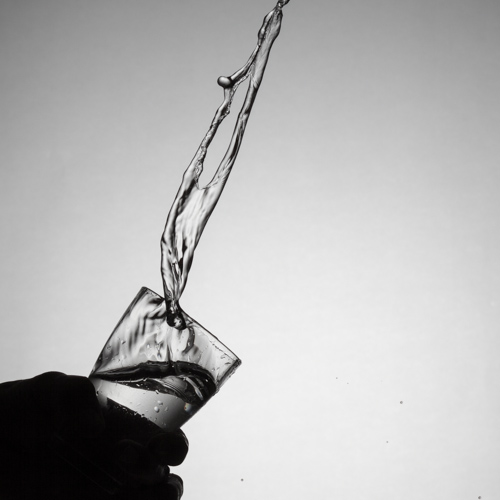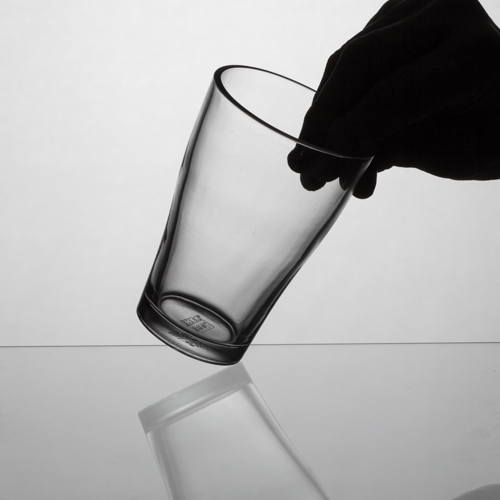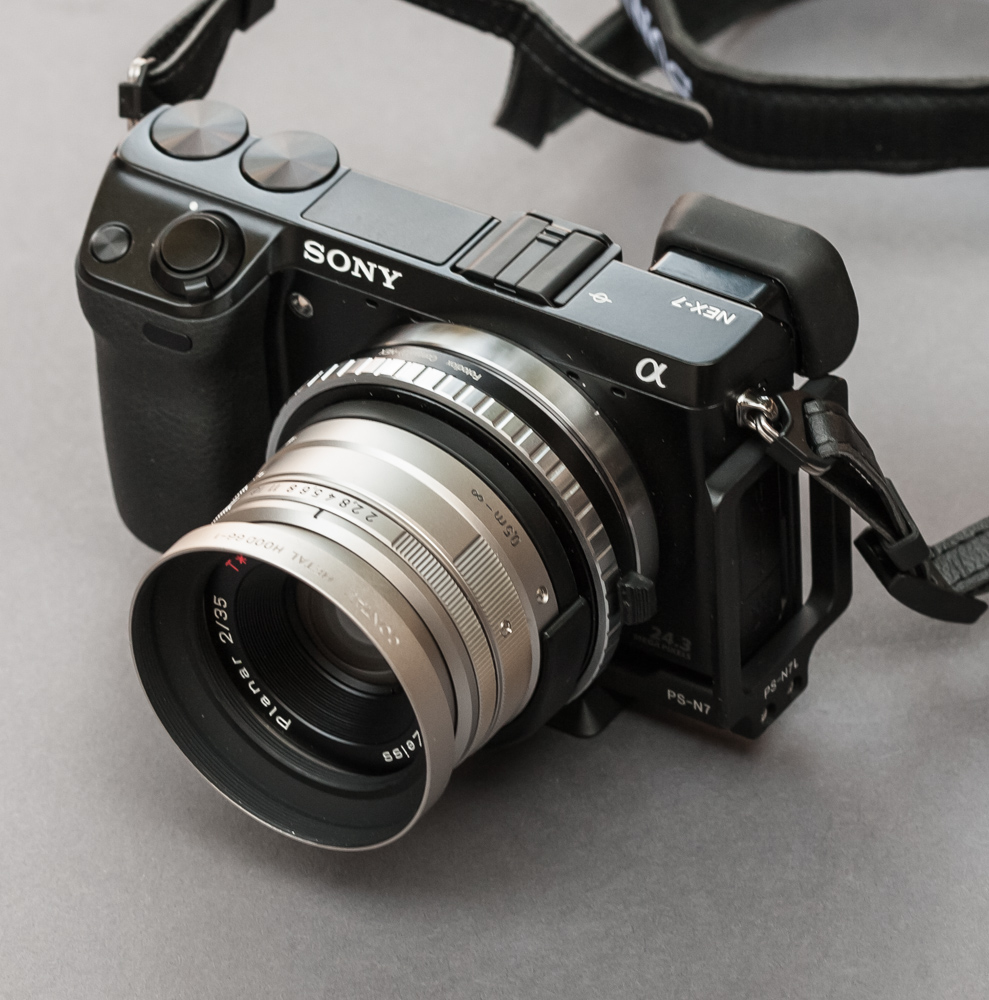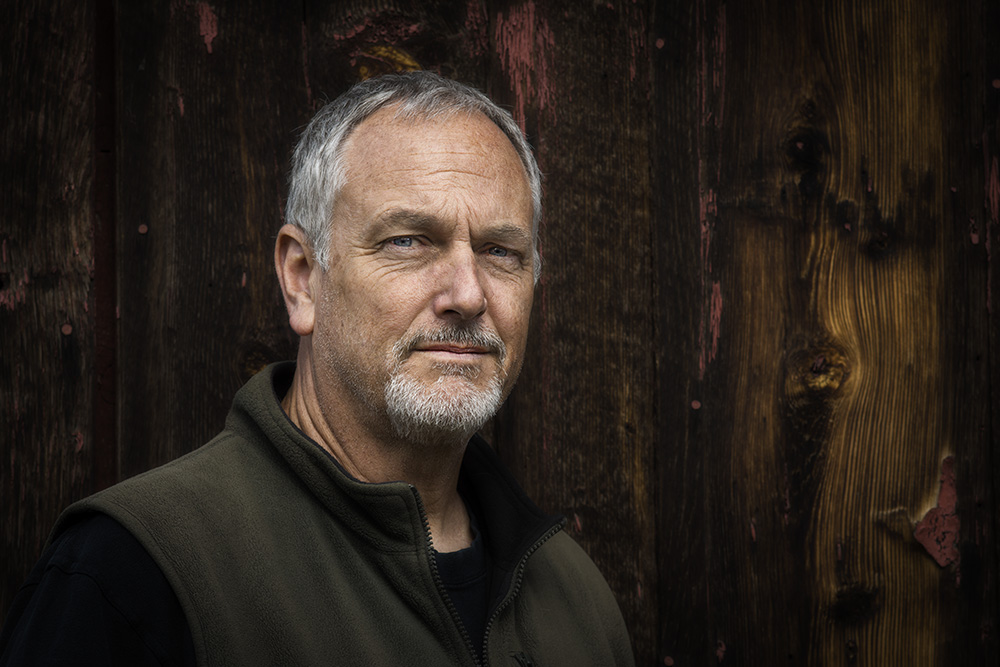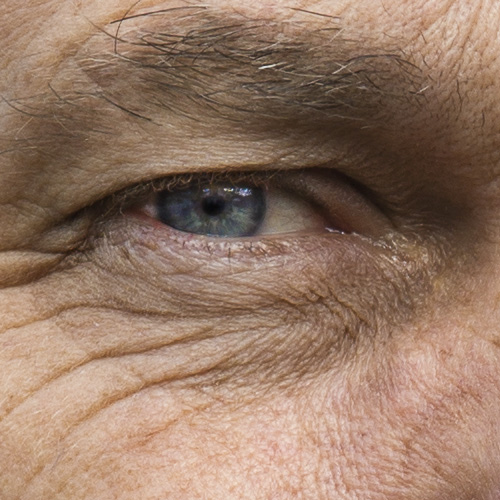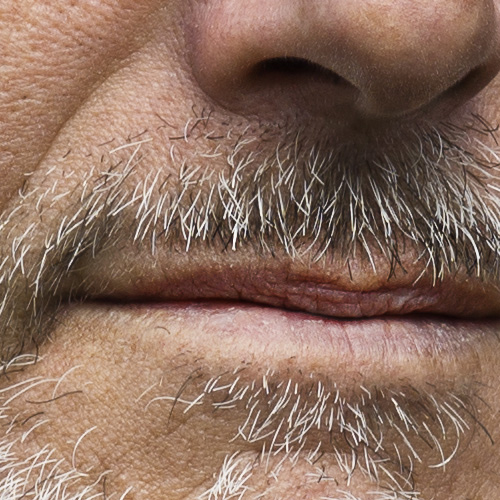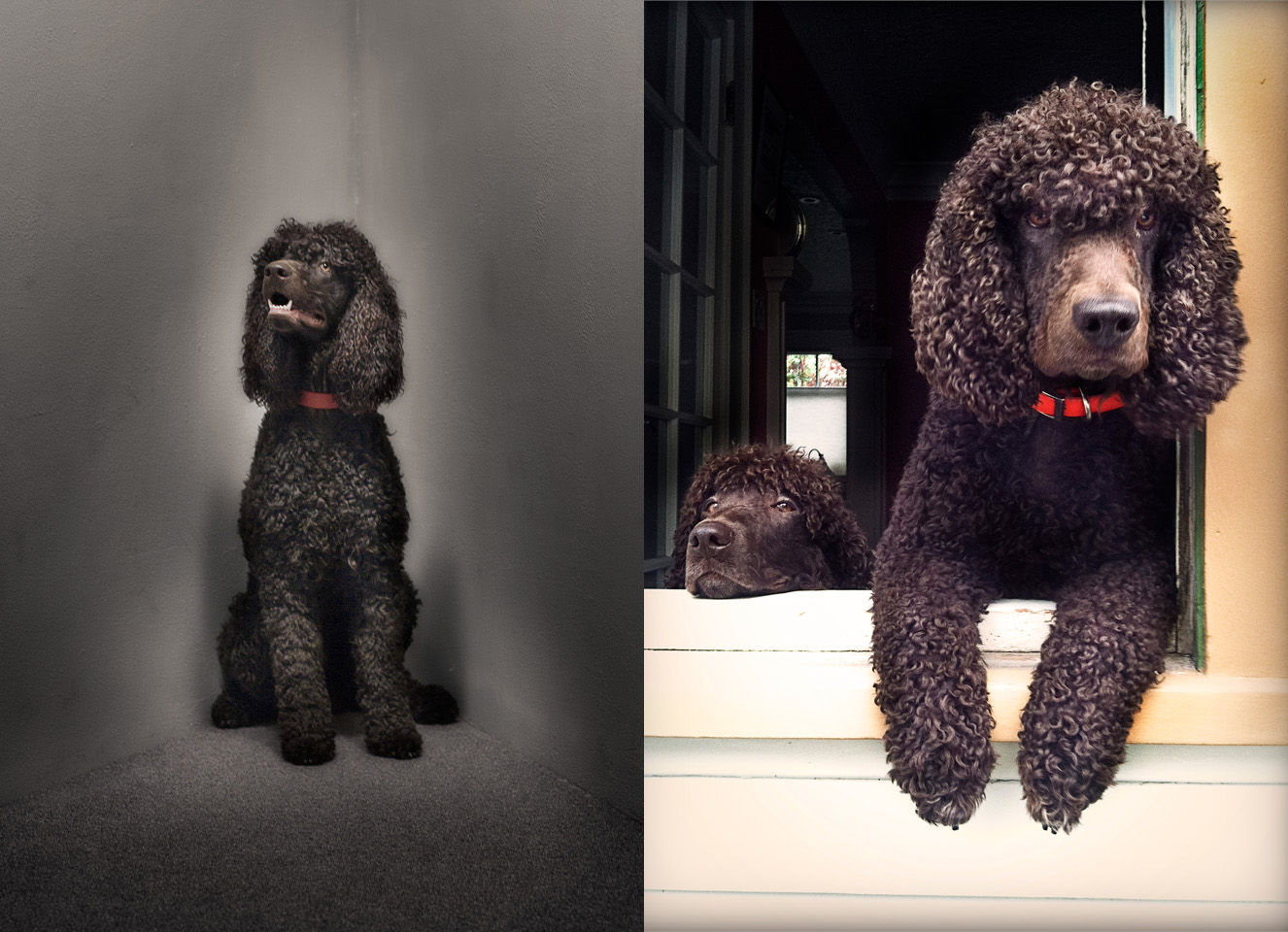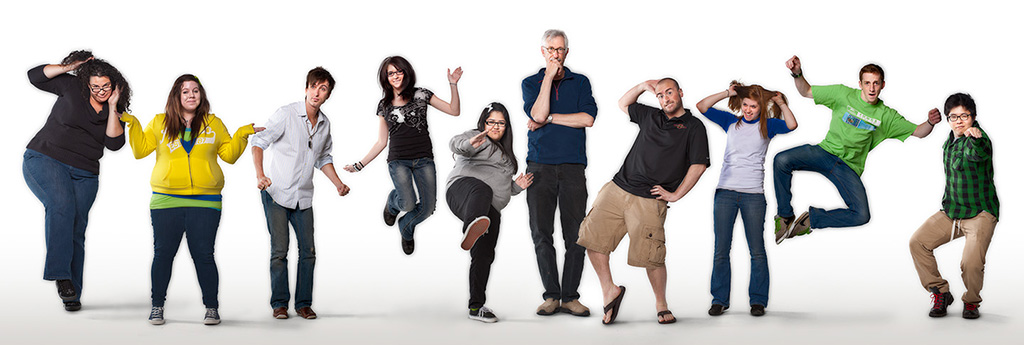The creation of a photo illustration is an integrated process of planning, studio set ups, execution, and lots of post production. I am collaborating with Portland photographer, Steve Temple in the creation of a series of fluid based illustrations. We are fine tuning our methods so that we can predict and repeat the studio processes of throwing fluids around in a creative but non-destructive way. Splashing water doesn’t play well with studio cameras and high voltage strobes.
The internet is full of Photoshop tutorials on how to achieve certain effects. But the results are only as good as the image assets that comprise the source material. The creation of the source material is the secret. Without revealing too much about our methods, I thought it might be interesting to show a few behind the scenes photos of this project.
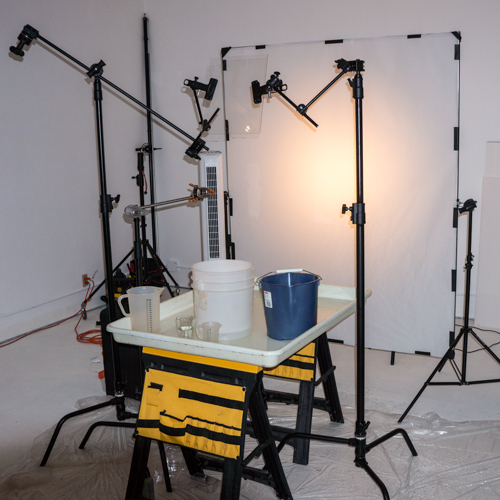
Throwing water around the studio is the biggest issue. Protecting the equipment and limiting the range of the splashes creates some logistical challenges. But that is why we get paid the big bucks.
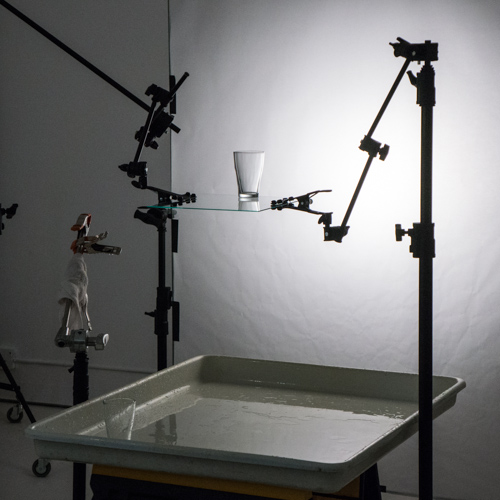
The lighting set up is basic “glassware 101″, but only with a strobes that have a really short burst duration of about a .0001 second. (1-ten thousandth)
A collection of several Gigabytes of water splashes and pours are then reviewed and a library of parts are cataloged. Then, sitting in front of the computer for several hours begins. Just like looking at clouds and seeing fantasy elements, I stared at the water shots and saw some components that fit an image I have in my archive.
This photo was made several years ago of an Irish Water Spaniel competing in a dock diving event. The concept of creating a water dog from water was self evident and so it was the genesis for this illustration. To watch a video of a dock diving Irish Water Spaniel, here is a link of my dog Cooper practicing.
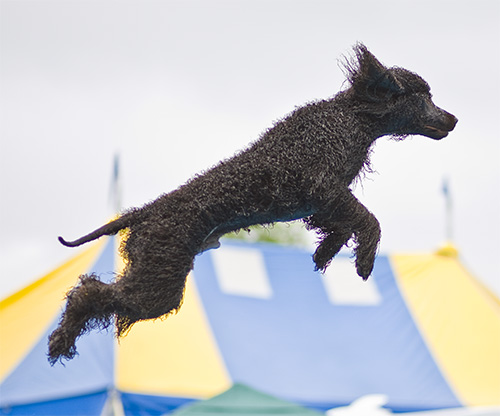
Balloo, an Irish Water Spaniel makes a 20 foot jump into a pool at the Washington County fairgrounds during a dock diving competition
Now with all the parts, just apply some artistic license, a few dozen layers in Photoshop, and now we have a water dog. The techniques in Photoshop are relatively basic, but having the assets to make it work is the secret sauce. Steve and I are creating a few more of these productions and should have a video in the near future to share as well.

